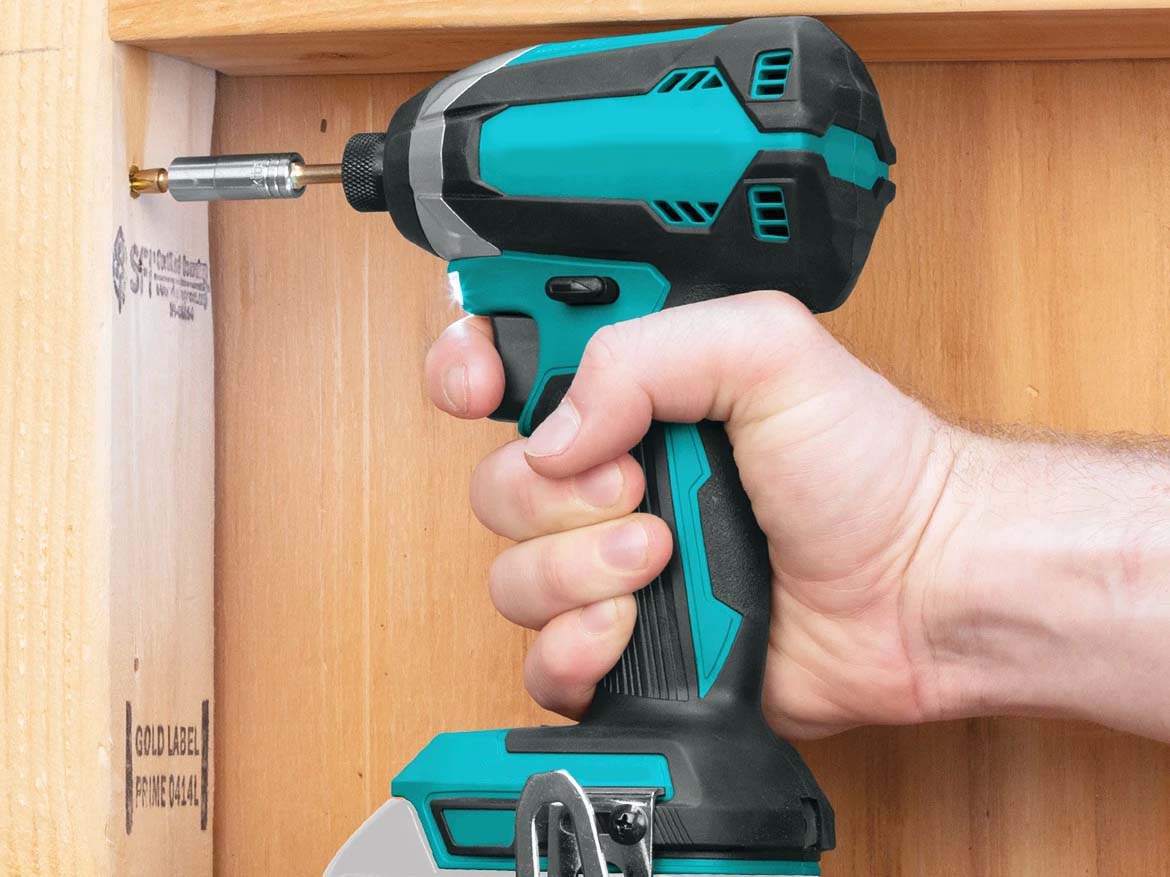
Introduction: In modern power tool design and manufacturing, one-way bearings play a crucial role in ensuring the smooth operation and performance optimization of electric tools. This article delves into the application of one-way bearings in power tools, elucidating their role in enhancing efficiency, extending lifespan, and improving overall performance.
Role of One-Way Bearings:
One-way bearings, a specialized type of bearing, are designed to transmit force or rotation in only one direction. In power tools, one-way bearings serve several key purposes:
Directional Power Transmission: They ensure that power is transmitted only from the motor to specific components of the tool, such as cutting heads or grinding discs, preventing reverse transmission.
Prevention of Backlash and Reverse Rotation: In applications where precise control of rotation direction is necessary, one-way bearings prevent backlash and reverse rotation, thereby enhancing work efficiency and safety.
Reduction of Energy Loss: By preventing unnecessary reverse rotation, one-way bearings reduce energy loss, enhancing the overall efficiency of power tools.
Application in Power Tools:
One-way bearings find widespread application in various types of power tools, including but not limited to:
Handheld Power Tools: Such as electric screwdrivers, drills, and impact drivers, which often require precise control over rotation direction. One-way bearings ensure these tools do not rotate in reverse during operation, thereby improving work efficiency and safety.
Cutting Tools: For instance, electric circular saws and angle grinders, where one-way bearings prevent cutting heads from rotating in reverse during unexpected situations, reducing the likelihood of accidents and prolonging tool lifespan.
Power Transmission Systems: In electric vehicles and mechanical equipment, one-way bearings are commonly used in transmission systems to ensure power is transmitted unidirectionally, preventing vehicles or equipment from rolling back or moving in reverse when stopped.
Advantages and Challenges:
The application of one-way bearings in power tools offers numerous advantages, including:
Enhanced Efficiency: By reducing energy loss and unnecessary rotation, one-way bearings improve the overall efficiency of power tools.
Extended Lifespan: By minimizing unnecessary wear and damage, one-way bearings extend the lifespan of power tools.
Improved Performance: One-way bearings enhance operational performance and safety, thereby boosting work efficiency and quality.
However, certain challenges may arise, such as the need for regular maintenance and replacement to ensure smooth operation and performance.
Conclusion:
The application of one-way bearings in power tools is essential for ensuring smooth operation, enhancing efficiency, and prolonging lifespan. By controlling power transmission direction, preventing backlash and reverse rotation, and reducing energy loss, one-way bearings provide vital technological support for the design and manufacturing of power tools, driving progress and innovation in the power tool industry.

